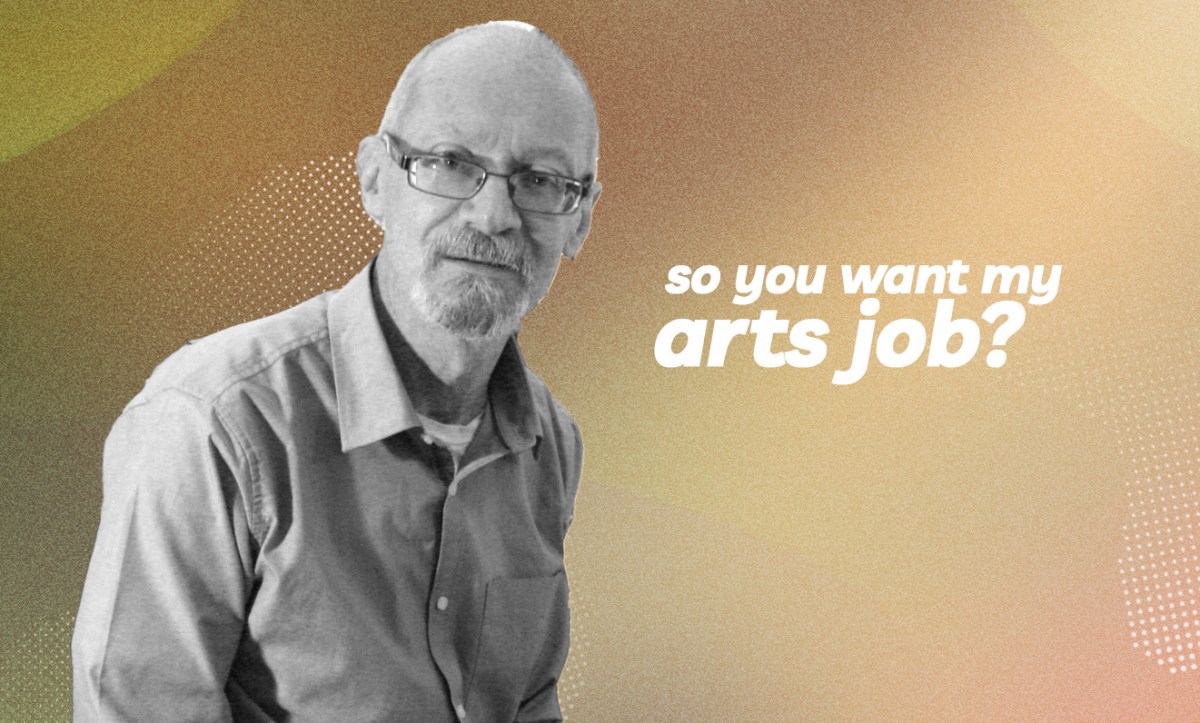Peter Mark Schouten AM FRSN is an Australian artist and wildlife illustrator whose work is featured in publications across zoology and paleontology (prehistoric life forms).
Over the past 50 years, Schouten has illustrated End of the Megafauna: The Fate of the World’s Hugest, Fiercest, and Strangest Animals, among countless others. He is a Member of the Order of Australia for his contribution to Australian art and science, and a Fellow of the Royal Society of New South Wales.
British comic book writer and fellow paleo-artist Steve White has described Schouten as a ‘rare individual’ who is able to ‘use their nigh clairvoyant gift of projecting their mind backwards in time in order to predict the future’. Paleo-artists have the ability to glean information from fossils and combine that with imagination and craftsmanship.
Schouten has always seen himself more as a drawer than a painter, even though his father was an artist who worked predominantly in oil. He also wanted to work in a zoo, but ended up pursuing a degree in architectural draughting in the late 1970s. It was his sustained drawing practice that landed him the first gig doing wildlife illustrations professionally.
By the early 80s, Schouten was working at the University of New South Wales’ School of Zoology as a fossil preparator, which only fuelled his passion for depicting prehistoric animals, before the age of the internet provided ease of access to the necessary information.
Schouten’s work has been displayed in exhibitions across Australia and in Europe. In 1996, his solo exhibition in London, Tree Kangaroos – A Curious Natural History was opened at the Fine Art Society Gallery by beloved British natural history broadcaster Sir David Attenborough.
His recent projects include an artist residency at Megafauna Central in Alice Springs to create a 2.5-metre wide mural that depicts an artistic interpretation of the Late Miocene environment of Alcoota.
In this article:
How would you describe what you do?
I am a wildlife artist that specialises in the depiction of prehistoric animals. My preferred medium is watercolour and gouache on Arches paper and I usually work on long-term book projects.
How did you get started?
When young, I was good at drawing and I always had a fascination with animals, especially those that were long extinct. In my later school years, I created a collection of drawings depicting Australian prehistoric animals. Seeking appraisal, I showed them to Professor Mike Archer at UNSW and he liked them so much that he suggested I collaborate with his team and produce a book on Australian prehistory. That book, Prehistoric Animals of Australia, was the first of what would become 11 books over the past 40 years.
What’s an average day?
After walking the dog at sunrise I settle down with a cup of tea and start painting at about 7am. It’s not all painting though. Before picking up a paint brush, I need to fully research my subject, take copious notes and produce preliminary sketches.

As a distraction, I punctuate my workday with gardening and all the day-to-day chores required of running a household and rural property. I finish my work day at around 5.30pm after completing preparatory research for the next day.
What’s the most exciting part of the job?
I love painting all animals both extinct and extant; however, every now and then I will be asked to create a painting of a newly described species to accompany the media release and publication of a scientific paper.
For me it is a great honour to have the opportunity to be able to increase the popular awareness of species that are new to science.
Read: So you want my arts job: Dog Wrangler
What is the most common misconception about being a wildlife illustrator?
Wildlife illustration is, by nature, a very solitary profession and, as such, it is hard for me to know what misconceptions other people may have. However, from what I have gleaned from conversations, I guess the main misconception would be the idea that I spend a lot of time in the bush sketching animals. This does not happen. Animals do not sit still long enough to be sketched.
In saying that, I do photograph the birds, mammals and reptiles that abound on my bush block and I will use those photographs as a reference for my compositions.
If you were interviewing someone for your job, what skills and qualities would you look for?
First and foremost the interviewee must have a passion for their subject.
Second, they must be able to appreciate that an animal is a three-dimensional living thing and not just a 2D photograph. It helps to view an animal from multiple aspects and, where possible, study how the animal moves and behaves.
Third, look at the work of other wildlife artists, but do not copy them. Develop your own style.
Fourth, have some proficiency in your preferred medium. If you are good at drawing and just a so-so painter, then stick to drawing. The other mediums will follow after developing confidence.
And finally … be patient.

What is the best thing that happening in your field at the moment?
As I predominately work in the field of palaeoart, I am privileged to be living at a time where palaeontology is experiencing a “golden age”. Recent decades have seen major advances in fossil discoveries and our understanding of the evolution of life on Earth.




_Encounters-in-Reflection_Gallery3BPhoto-by-Anpis-Wang-e1745414770771.jpg?w=280)
